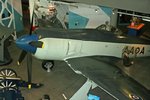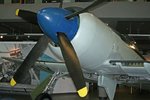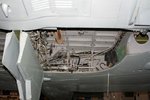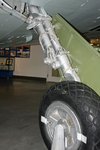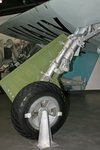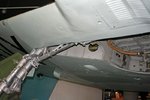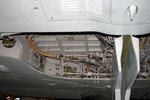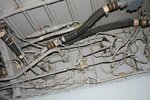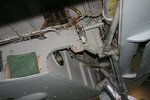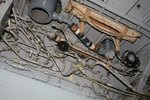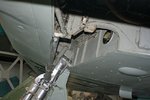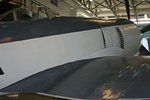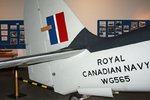A4K
Brigadier General
Great advice Jelmer, I just learnt something too. Thanks!
Follow along with the video below to see how to install our site as a web app on your home screen.
Note: This feature may not be available in some browsers.
Ad: This forum contains affiliate links to products on Amazon and eBay. More information in Terms and rules
I couldn't live without it, especially for filling.Accelerator has worked well for me, i use it primarily when I fill gaps or seams. Can get stuck into filing and sanding straight away and if needed add more CA and accelerator speeds up the process on that count....
Thankyou Wurger. With the greatest respect to Steve, what is your opinion on this stuff.....and advantage for micro photo etching work, or not worth the effort? at only $5-10 dollars its seems like a small purchase. I can see advantages to spraying this stuff to one component, and the CA to another for more or less instant adhesion.
Is ther material for removing CA adhesion if the process goes wrong...that is if the piece is not placed correctly or similar?

